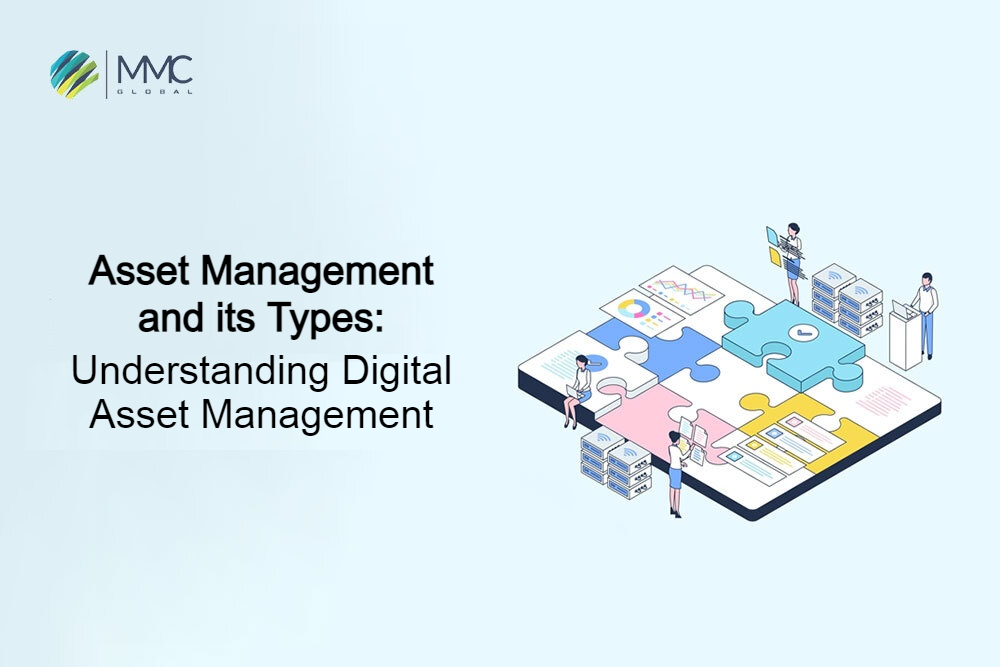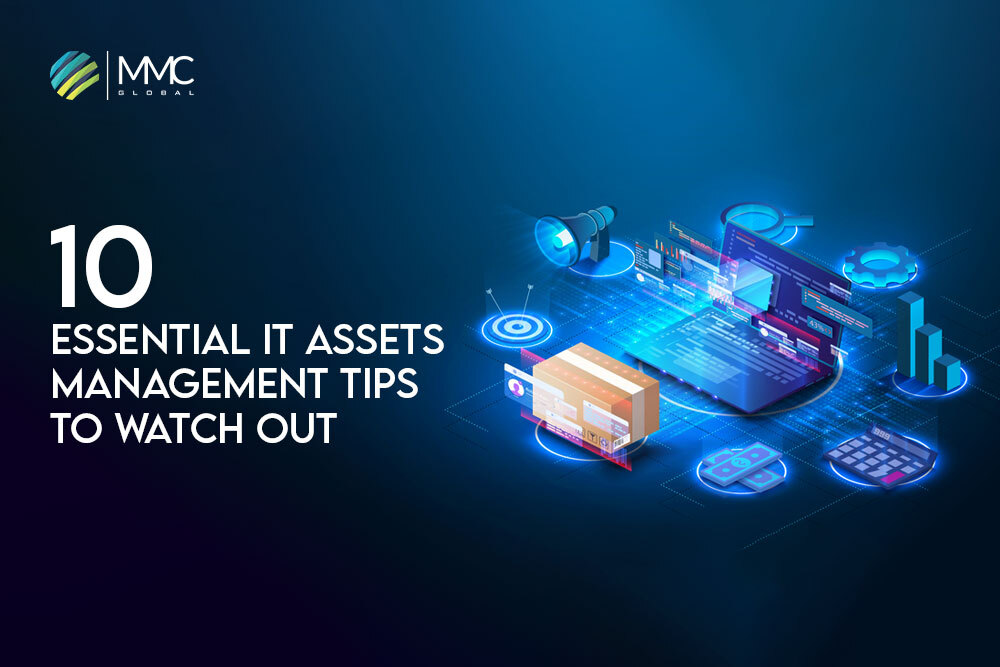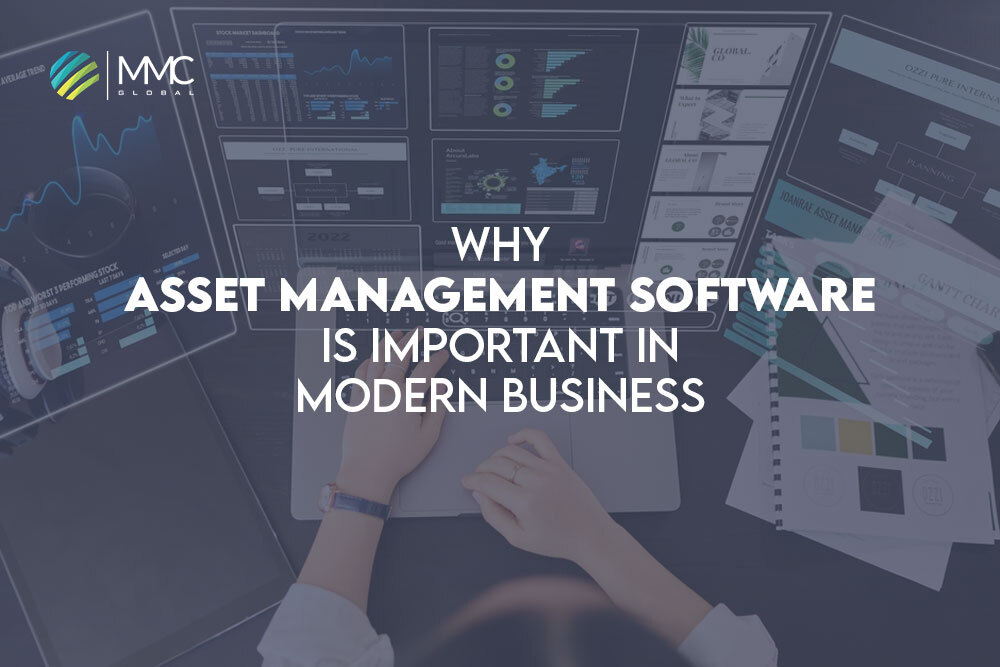One of the biggest challenges IT firms face is managing growth and competition. Most IT firms don’t know what is happening now and what is to expect in the future. This may even include how to plan and manage IT assets in more strategic and innovative ways. It is important for IT firms to focus on meeting the present and future needs of the business. IT firms need to understand the impacts of the competition by other companies and projected demographic and technological changes. As per a survey by Deloitte, 38% of organizations have fully implemented IT asset management program, while 24% have no IT asset programs at all.
However, suppose IT firms can develop an IT asset management strategy to plan and counter present and future challenges. In that case, they can strive for excellence in their asset management processes. An asset strategy can also help them respond to future needs and how well they can partner with other companies for their IT asset delivery.
IT Firms can Capitalize on their IT Asset Management Strategy
An IT asset management strategy is identifying gaps in their asset inventory levels, units, and product warranty and ensuring that their IT assets are managed responsibly. This further includes that IT firms can meet their desired maturity targets regarding their IT asset inventories. International Data Corporation IDC even predicts that the IT asset management software market will grow to $2.32 billion by 2024, at a CAGR of 8.6%.
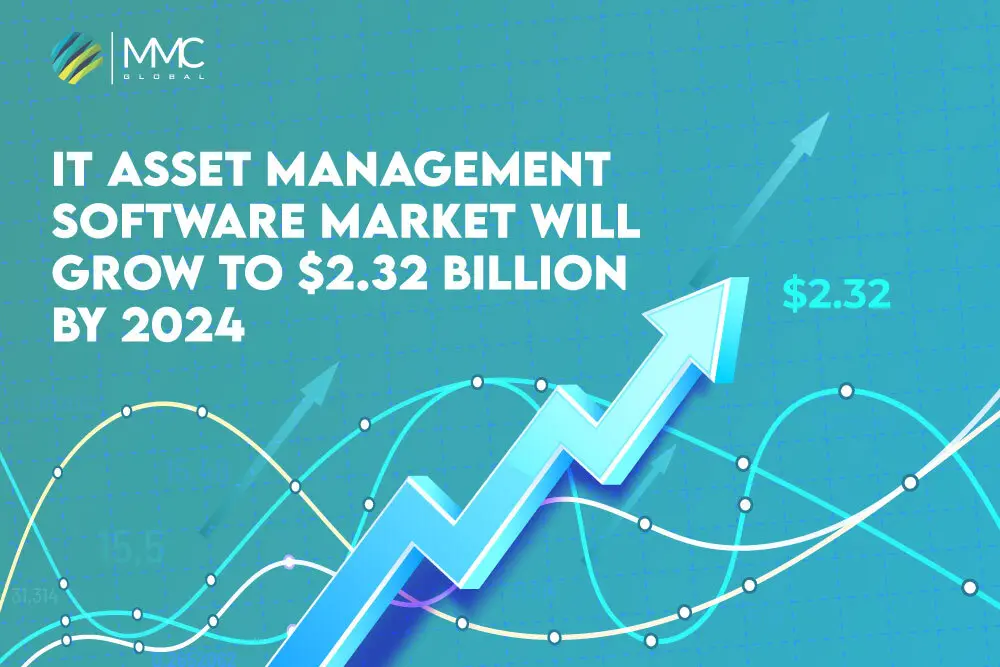
With such growing competition in the IT industry, they need to develop a coherent strategy and integrate an IT asset management tool to streamline their inventory processes. This will bring together the required skills, expertise, and activities of people all in one platform with user roles. The relevant information on every particular asset so informed decisions can be made in real time. Such benefits can further include:
- Using available IT assets and resources effectively
- Managing IT assets sustainably
- Minimizing asset total lifecycle costs
- Minimizing risks associated with asset depreciation or failures
- Pursue best asset management practices
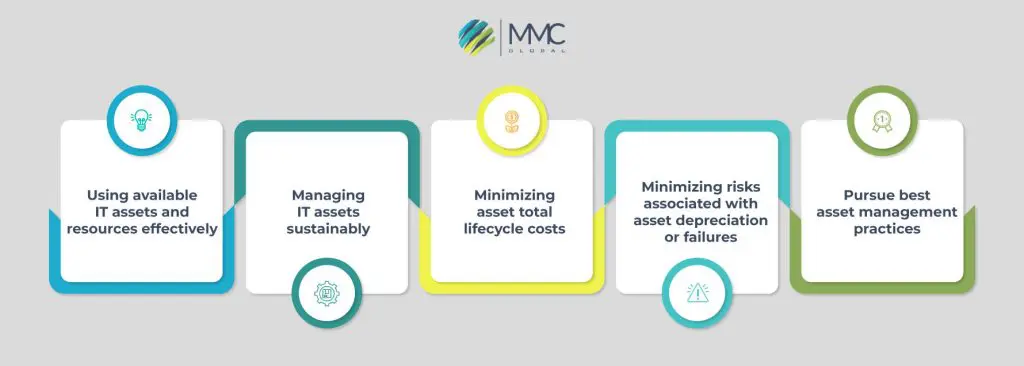
Implement Systematic and Coordinated Activities for IT Asset Management
Most IT firms don’t understand the need to implement a systematic approach. Their planned coordinated activities can also help to achieve their objectives optimally. Every IT firm must achieve its objectives in the cost-effective lifecycle management of IT assets. Failing to do so would cost them millions. They need a systematic approach through IT asset management software, which would be a standardized way to collect, store, analyze, manage, and update every asset information in a centralized system.
It would help to improve confidence in decision-making regarding which assets need to be re-located for delivery, which assets to discard, and which assets could further need assessment. Such IT assets data would be streamlined, shared and distributed optimally for real-time decision-making.
The Need for an IT Asset Management System
IT firms with an integrated IT asset management system could plan, track and optimize the maintenance activities of their IT assets and establish requirements to ensure enough resources and support are in place before the procurement of IT assets. Furthermore, that would help businesses improve their data-driven decision-making capacity when investing in improving inventory levels.
Read More: How to Implement IT Asset Management Solution to Manage Assets Effectively
Incorporating the IT Asset Management Strategy
More business and IT firms are trying to secure their IT-related assets. It has become essential for firms to track and manage their IT assets effectively. An IT asset management strategy would include all the necessary policies, standard protocols, and procedures to track, manage, purchase, deploy, and dispose of IT assets. It would ensure the company’s IT assets are secure and compliant with applicable laws, regulations, and industry standards. An effective IT management strategy can help organizations optimize and leverage their IT spending and improve their entire IT operations.
IT firms would know how their IT assets are properly maintained and updated in asset inventory software. It would help meet the changing needs ahead of the competition. Finally, it would provide a comprehensive framework for managing IT asset lifecycles and ensuring optimal performance of IT assets.

